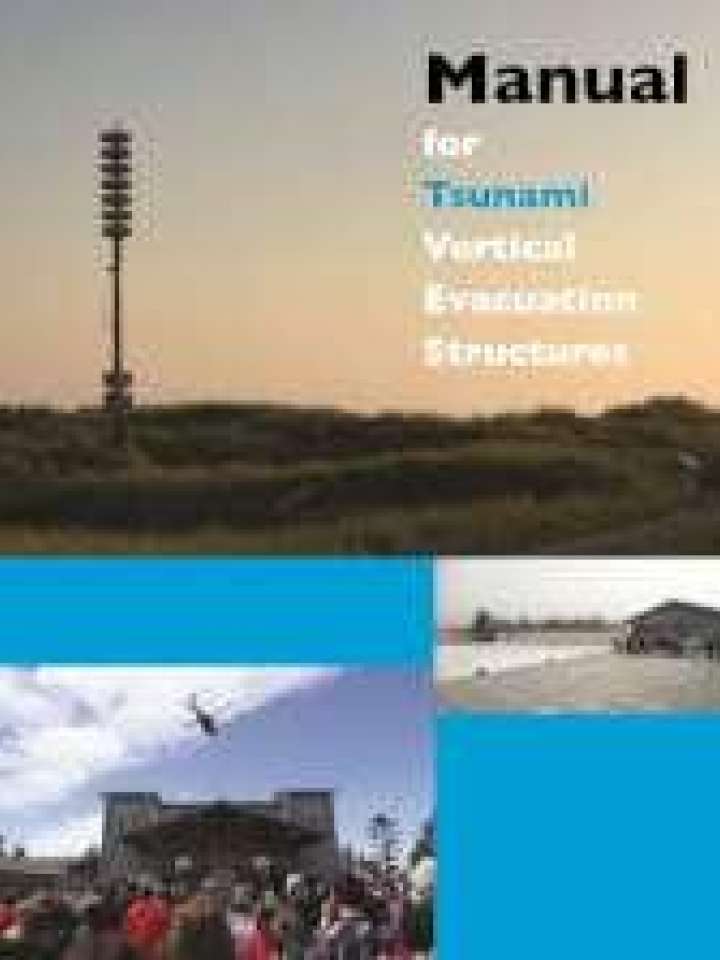Tsunami: manual for tsunami vertical evacuation structures
Tsunami vertical evacuation structures are unique and complex. Planning, modeling, designing, and constructing these structures is different from your typical building project. Strong community involvement and leadership are needed to evaluate the need for evacuation structures, plan for potential locations, locate funding, and follow through to the end of construction and beyond. Partnerships with local, state, and federal agencies, universities, and various experts are also key to success.
Chapter 1 of this manual provides a 7 Phase Process that communities can use to guide their efforts in assessing, planning, and building tsunami vertical evacuation structures. This process is the heart of the manual. The other chapters and appendices are referenced by and support the 7 Phase Process. Chapters 2 and 3 describe the roles of community representatives, emergency management staff, tsunami experts, and project team members. Chapter 4 provides guides and planning references that support the process. Chapter 5 describes various funding, planning, and regulatory tools that support efforts to build evacuation structures. Chapter 6 concludes with a set of five recommendations that can further the effort to building evacuation structures and improve coastal community resiliency.
This manual builds on a strong continuum of work by agencies, universities, and individuals to support tsunami-resilient communities. Partners in this work include: Federal Emergency Management Agency, National Oceanic and Atmospheric Administration, National Tsunami Hazard Mitigation Program, United States Geological Survey, Washington State Department of Natural Resources, Washington State Emergency Management Division, University of Washington, and county and local emergency managers, planners, elected officials, and residents.
Explore further
